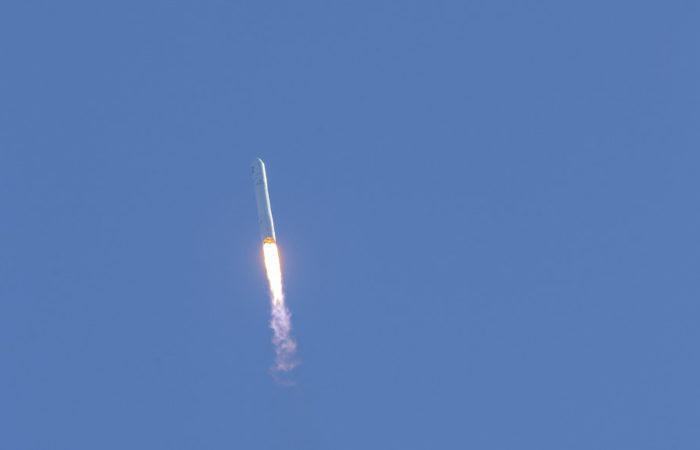
1400+ PAYLOADS LAUNCHED TO-DATE

The past several months have been very busy here at Nanoracks, and we have continued our momentum into 2022 with another cargo mission to the International Space Station (ISS). Northrop Grumman’s 17th (NG-17) commercial resupply mission carried five Nanoracks customer payloads on board the Cygnus spacecraft. These experiments will help improve environmental research on Earth and demonstrate technology necessary for future in-space economies. Additionally, this mission includes the first two “space trash bags” which will be used to collect waste from inside the ISS and deploy it into a reentry burn orbit on behalf of NASA.
The NG-17 Cygnus spacecraft, filled with 3,700 kg of cargo, launched into orbit on February 19 using an Antares Rocket from Virginia Space’s Mid-Atlantic Regional Spaceport (MARS) Pad 0A on Wallops Island, Virginia.
There are several innovative Nanoracks customer payloads on board this mission:
The Cygnus spacecraft arrived at the ISS yesterday morning. Our team cannot wait to begin working with our customers to activate and operate their payloads! It’s our honor to play a part in these innovative developments that are key to advancing the future of space.
